There are very few natural insects, how to distinguish between them?
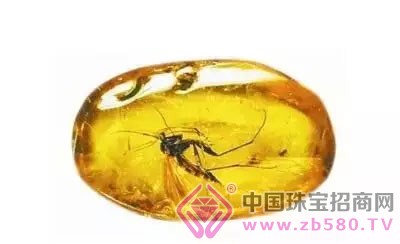
There are many classifications of amber, such as Jinpo, Mingpo, Xuebo, Lanpo, and insects. Domestically, there are beeswax, white beeswax, nectar wax, and chicken yellow, and some people specialize in playing old wax. In addition to wearing jewelry, some people are making investment collections, such as insects and old wax bees are mostly thinking about its appreciation.
There are many kinds of amber beeswax, and insects are the most typical representative of amber. In all amber, insects have the most scientific value, of course, its commercial value is also very high. Today's amber beeswax players can be broadly divided into two broad categories: the general public and the preference. For example, old beeswax and insects are preferred.
At the beginning of the insects, no one liked it. A pile of impurities looked ugly inside. With the fiery market in the amber market, the insects were "eyes" again. Some illegal traders have facilitated people's lack of understanding of amber and insects, and some fake insects have appeared on the market.
Insects have high scientific value and high high collection value. However, natural insects are very rare, and their formation probability is very low, but there are a variety of insects on the market, and the insects wrapped in them are very complete and clear. Those who want to buy and collect insects but lack relevant knowledge think they are treasured.
How did insects form?
If a friend remembers, there is an amber article in the elementary school textbook. The content is about: In ancient times, the resin on a big tree dripped down, just drop a small insect. After the resin was dried, the small insect was still intact. Saved in it, this thing is called amber. The text basically explains the formation of insects.
It can also be seen that the formation rate of insects is very low. It takes a small insect to be dripped in the resin, just like when we are swaying in the street, suddenly the sky drops money to you (for small insects, that is not money, it is a big disaster!) Of course we don’t know thousands now. How many insects are there thousands of years ago, how much resin will be, but at least the rate of insects is very small.
Knowing the formation of insects, you know how to judge the true and false of insects.
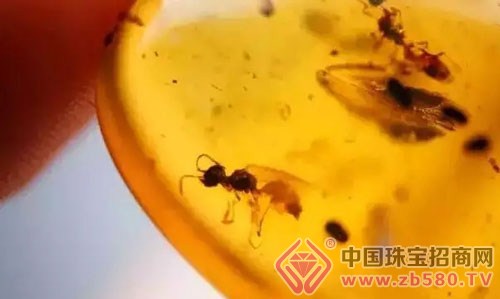
First, look at the skin
This is a common method, whether it is insect, gold or blood, it is amber. The original stone looks at the natural weathering pattern, but the amber products in the mall have worn away the skin. See integrity. Natural amber is melted into oneself, with integrity, skin falsification, powder second generation, etc. are artificially processed, and the integrity is unnatural. Of course, those high-tech methods are difficult to distinguish, depending on personal skill.
Second, look at the gesture
As mentioned above, the insects of the insects are wrapped in resin droplets. It's like a person falling into the water, dying (this is the instinct of the creature), the resin is sticky, and in this struggle, the feet, wings, and heads of the small animals will be broken, and more "breaking hands" The case of broken feet. Therefore, if you buy a perfect insect, then you have to think about it, this may be the artificial insect made by the day after tomorrow.
Third, look at the size of the insect
This is not to look at the posture, look at the block of the insect. How big can a drop of resin be? You can only drop a small animal. If you are a little bigger, you will struggle to run away. The most left is the broken hand. Therefore, those insects that are covered with intact large insects are likely to be put in the day after tomorrow. The integrity of the worm will greatly affect the value of the worm, but it is only valuable if it is objective and reasonable. The insects that are made the day after tomorrow are meaningless even if the insects are bigger. Just look at it.
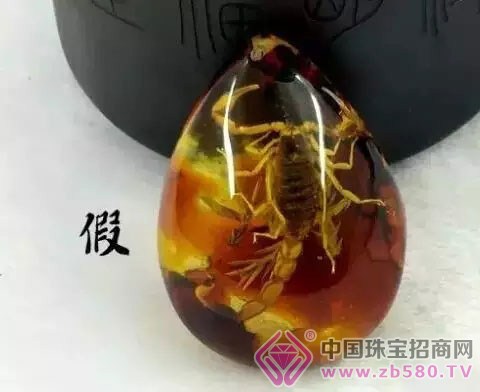
Do you believe this?
Fourth, look at the flow pattern of amber
This is also a good understanding. Amber is formed by a drop of resin into a bundle, and the resin is sticky and very thick. It does not drip together like water, and there is a grain retention between each drop of resin. These lines on the certificate are called “flowing linesâ€. This is a very important basis for identifying amber. This is also the first method of identification when starting with insects.
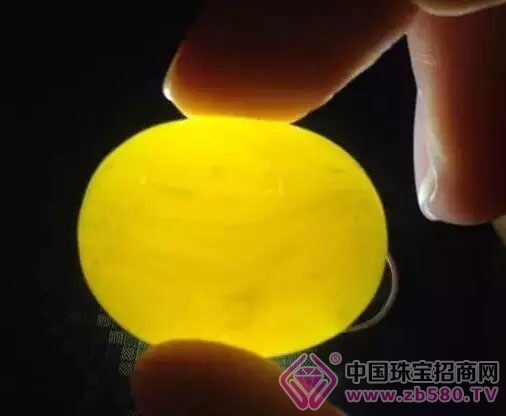
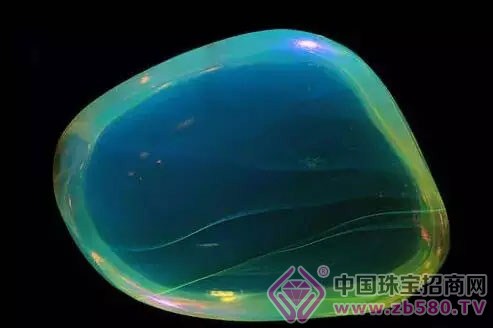
This is the rogue pattern of Lanpo.
Amber was once called a living fossil, and insects are the representatives of these living fossils. It looks like the whole block is full of impurities (the insects often have insects and many leaves, dust, etc.), and the chicken yellow and shiny Jinpo, the fascinating Lanpo, etc. are not comparable, but its value lies in these impurities. Someone has seen the movie "Jurassic Park", which is that the scientist extracted the DNA of the dinosaur from a piece of insect, and then cloned the dinosaur...
In the past two or three years, many pressed beeswax appeared on the market, which means that the amber technology has made breakthrough progress. The degree of simulation is getting higher and higher, and identification is getting harder and harder The gemological characteristics of the pressed beeswax are similar to those of natural beeswax and roasted old beeswax, with a refractive index of 1.54 and a relative density of 1.05 to 1.08.
Cashmere Cardigan Sweater,Cashmere Grey Jumper,Black Cashmere Jumpers,Naked Cashmere Cardigan
Jiaxing Shenran Trading Co.,Ltd , https://www.changepose.com